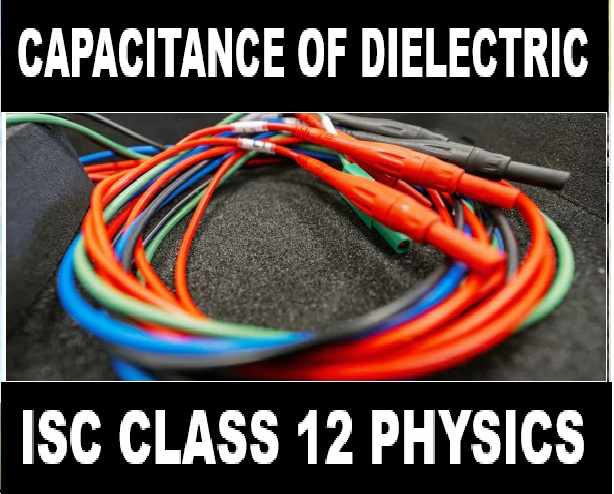Elements, Compounds and Mixtures MCQs Class-8 Dalal Simplified ICSE Chemistry Solutions Chapter-3, Elements, Compounds and Mixtures Dr Viraf J Dalal Middle School Allied Publishers Solutions. Chapter-3. We Provide Step by Step Solutions to Correct answer, Match the following, Give reason, The diagram represents answer the following of Dr Viraf J Dalal Middle School Chemistry Allied Publishers. Visit official Website CISCE for detail information about ICSE Board Class-8.
Elements, Compounds and Mixtures MCQs Class-8 Dalal Simplified ICSE Chemistry Solutions Chapter-3
| Board | ICSE |
| Class | 8th |
| Subject | Chemistry |
| Book Name | Dalal New Simplified |
| Chapter-3 | Elements, Compounds and Mixtures |
| Unit-1 | Elements, Compounds and Mixtures |
| Topic | Solution of exercise MCQs |
| Session | 2023-24 |
Objective Types Questions
Elements, Compounds and Mixtures MCQs Class-8 Dalal Simplified ICSE Chemistry Solutions Chapter-3
Question: 1. Select the correct answer from A, B, C, D & E for each statement given below
A: Gunpowder B: Iodine C: Boron D: Helium E: Bromine
1. A diatomic molecule
Answer: E: Bromine
2. A metalloid
Answer: C: Boron
3. A non-metal which is lustrous.
Answer: B: Iodine
4. A mixture consisting of elements & compounds.
Answer: A: Gunpowder
5. A noble gas
Answer: D: Helium
Question: 2. Match the separation of components in List I with the most appropriate process in List II.
| List I | List II |
|---|---|
| 1. Naphthalene from Naphthalene and Sodium Chloride | A: Separating funnel |
| 2. Cream from milk | B: Sublimation |
| 3. Kerosene oil from kerosene oil & water | C: Boiling |
| 4. Lead nitrate from an aqueous solution of lead nitrate | D: Centrifugation |
| 5. Ammonia from an aqueous solution of ammonia | E: Distillation |
Answer:
| List I | List II |
|---|---|
| 1. Naphthalene from Naphthalene and Sodium Chloride | A: Sublimation |
| 2. Cream from milk | B: Centrifugation |
| 3. Kerosene oil from kerosene oil & water | C: Separating funnel |
| 4. Lead nitrate from an aqueous solution of lead nitrate | D: Distillation |
| 5. Ammonia from an aqueous solution of ammonia | E: Boiling |
Question-.3. The diagram represents fractional distillation for separation of mixtures. Answer the following :
 Question: 1. Can two immiscible liquids be separated by this process?
Question: 1. Can two immiscible liquids be separated by this process?
Answer: No, they can be separated by separating funnels only.
Question: 2. Separation of liquids by this process is based on which physical property?
Answer: The physical property on which separation is based “Difference in their boiling points.”
Question: 3. If methyl alcohol & water are to be separated, which liquid will remain in flask ‘X’ after condensation.
Answer: Water having boiling point 100°C will remain in flask ‘X’.
Question: 4. Give a reason for the above answer.
Answer: Alcohol having lower B.P. 78°C will evaporate first and condense in the conical flask — receiver ‘Y’.
Question: 5. State the function of the fractionating column in the apparatus.
Answer: The upper part of the ‘Fractionating column is cooler, so as the hot vapours rise up in the column, he get cooled (condense) and trickle back into the distillation flask ‘X’.
Question: 4. Select the correct answer from the choice in bracket to complete each sentence :
- Dust in the air is an example of __homogeneous___ (homogeneous/heterogeneous) mixture.
- A soluble solid is separated from an insoluble solid by __solvent extraction____(fractional crystallization/ solvent extraction)
- The reactive element from the two monoatomic elements is _silicon__ (neon/ silicon)
- Compounds are __always homogeneous___(homogeneous or heterogeneous/ always homogeneous) in nature.
- An example of a monoatomic molecule is __helium__ (hydrogen/ helium)
Question: 5. Give reasons for the following statements:
Question: 1. Components in a mixture can be separated by physical methods only.
Answer: Components of a mixture can be separated by physical methods because particles remain separate without chemical reactions between them.
Question: 2. Centrifugation can be used for separating a heavier insoluble solid, present in an – insoluble solid-liquid mixture.
Answer: Centrifugation is a fast method to separate suspended (heavier) insoluble solid from a lighter liquid by rotating the mixture fast. Heavier solid settles down at the bottom.
Question: 3. The filter paper made into a cone & placed in a funnel for filtering out the solid particles in a solid-liquid mixture should be moistened before placing.
Answer: Moistening the filter paper cone sticks to the walls of the funnel and also makes filtration convenient.
Question: 4. Brass & Bronze are examples of mixtures while copper sulphate and lead nitrate are examples of compounds.
Answer: Brass and bronze are mixtures as the composition of elements are not fixed by mass and has no formula.
Lead nitrate and copper sulphate are compounds as they have a fixed ratio of elements by mass and have a formula like Pb[NO3]2 and CuSO4.
Question: 5. Zinc is considered an element, while zinc sulphide is a compound.
Answer: Zinc [Zn] is an element as zinc is a pure substance made up of one kind of atoms all having the same size, atomic number and atomic mass.
Zinc sulphide [ZnS] is a pure substance made up of two-element [atoms] of zinc and sulphur combined chemically in a fixed proportion.
– : End of Elements, Compounds and Mixtures MCQs Class-8 Dalal Simplified ICSE Chemistry Solutions Chapter-3 :–
Return to – Dalal New Simplified Chemistry ICSE Class-8 Solutions
Thanks
Share with your friends.


